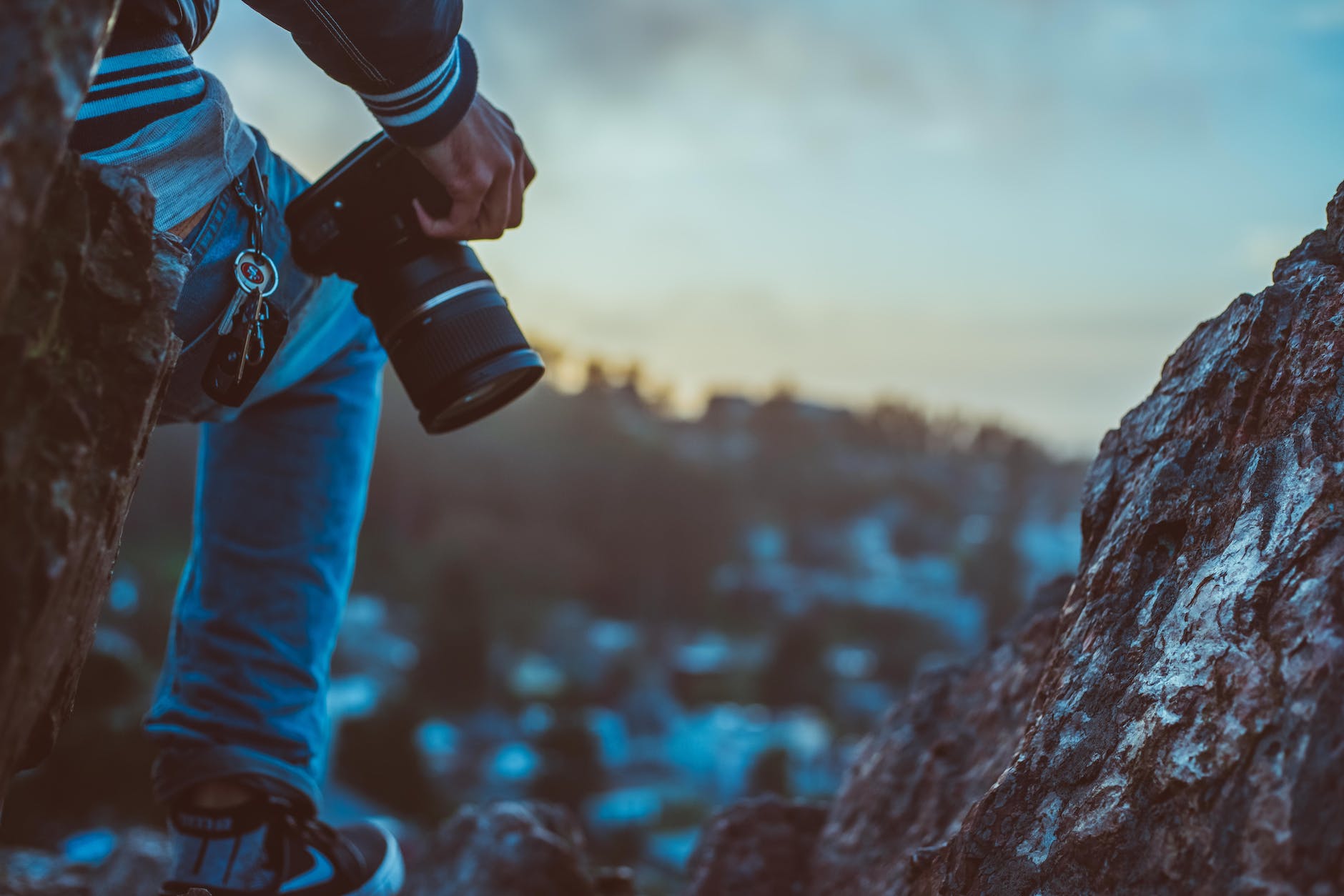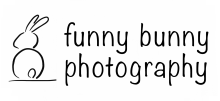
I’ve read the book “The Infinite Game” by Simon Sinek recently, and it kept me thinking about the concept of finite and infinite game in my life. In a nutshell, there are two different games in this world: finite game and infinite game.
Finite game has fixed rules, known player and agreed upon objectives. Football, baseball and 100m sprint for example are finite game. Fixed rules, known players and everyone play to score the most points or reach the finish line first.
Then there’s infinite game. In an infinite game the rules are changeable, there are known and unknown players who will join the game, and the objective for all players is to stay in the game as long as possible. There’s no winner or loser in infinite game, players join in if they decided to play, or drop out when they run out of resources or will to continue. Cold war is infinite game, business, marriage and our lives are infinite game.
Based upon the very definition, photography is definitely classified as infinite game. There are known and unknown photographers out there who create stunning photo, there’s no fixed rules in photography, and there’s no such thing as being No.1 in photography.
However, many photographers have a finite mindset when it comes to photography. They want to get more likes than others, they want to be No.1 in competition, they want to charge more for their services. In the end, many lost the motivation to continue when they didn’t reach their arbitrary target of being “No.1”, being better than the rest of their peers. So they gave up on photography altogether.
I think it is important to set your mindset correctly so that one can continue the journey in photography, enjoys it and not getting burned out in the process. It’s something for me to reflect upon as I ponder on how to move forward with my photography. Let’s see what will the future unfolds for me. Till then.





